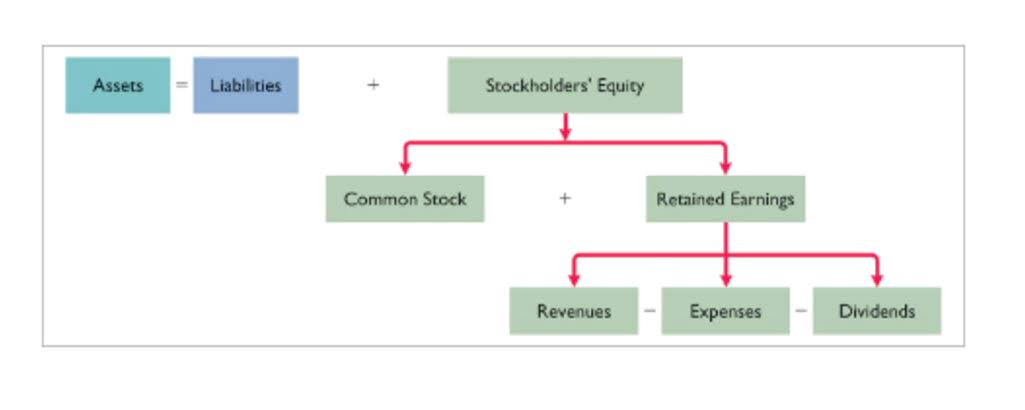
In year 5, however, the balance would shift and the accelerated approach would have only $55,520 of depreciation, while the non-accelerated approach would have a higher number. Over 1.8 million professionals use CFI to learn accounting, financial analysis, modeling and more. Start with a free account to explore 20+ always-free courses and hundreds of finance templates and cheat sheets. However, the management teams of public companies tend to be short-term oriented due to the requirement to report quarterly earnings (10-Q) and uphold their company’s share price. Since public companies are incentivized to increase shareholder value (and thus, their share price), it is often in their best interests to recognize depreciation more gradually using the straight-line method. In addition, capital expenditures (Capex) consist of not only the new purchase of equipment but also the maintenance of the equipment.
Learn financial statement modeling, DCF, M&A, LBO, Comps and Excel shortcuts. Instead of multiplying by our fixed rate, we’ll link the end-of-period balance in Year 5 to our salvage value assumption. The beginning of period (BoP) book value of the PP&E for Year 1 is linked to our purchase cost cell, i.e. However, one counterargument is that it often takes time for companies to utilize the full capacity of an asset until some time has passed.
Free Financial Statements Cheat Sheet
It will appear as a depreciation expense on your yearly income statement. Enter the straight line depreciation rate in the double declining depreciation formula, along with the book value for this year. Every year you write off part of a depreciable asset using double declining balance, you subtract the amount you wrote off from the asset’s book value on your balance sheet. Starting off, your book value will be the cost of the asset—what you paid for the asset. Your basic depreciation rate is the rate at which an asset depreciates using the straight line method. Download the free Excel double declining balance template to play with the numbers and calculate double declining balance depreciation expense on your own!

Depreciation also represents the total reduction in the value of a fixed asset. Fixed assets include resources that companies use to generate economic benefits in the long run. For example, a company’s fixed assets may contain land, building, vehicles, computers, etc. The units of output method is based on an asset’s consumption of measurable units. It is most likely to be used when tracking machine hours on a machine that has a useful life of a given number of total machine hours. The depreciation expense calculated by the double declining balance method may, therefore, be greater or less than the units of output method in any given year.
We help eCommerce businesses master their finances.
If you’re brand new to the concept, open another tab and check out our complete guide to depreciation. Then come back here—you’ll have the background knowledge you need to learn about double declining balance. Continuing with the same numbers as the example above, in year 1 the company would have depreciation of $480,000 under the accelerated approach, but only $240,000 under the normal declining balance approach. If we apply it in the tax field, depreciation could be understood as the write-off of the value of an asset over different tax years.
- This amount then reduces the related fixed asset’s book value in the financial statement.
- Under the straight-line method, the 10-year life means the asset’s annual depreciation will be 10% of the asset’s cost.
- As mentioned, the standards do not dictate the method to use when depreciating an asset.
- Double declining balance depreciation isn’t a tongue twister invented by bored IRS employees—it’s a smart way to save money up front on business expenses.
- If an asset does not meet the above definition, companies cannot charge depreciation for it.
- Further, this approach results in the skewing of profitability results into future periods, which makes it more difficult to ascertain the true operational profitability of asset-intensive businesses.
- In the accounting period in which an asset is acquired, the depreciation expense calculation needs to account for the fact that the asset has been available only for a part of the period (partial year).
As years go by and you deduct less of the asset’s value, you’ll also be making less income from the asset—so the two balance out. Using the steps outlined above, let’s walk through an example of how to build a table that calculates the full depreciation schedule over the life of the asset. We now have the necessary inputs to build our accelerated depreciation schedule.
How to calculate Depreciation
Accelerated depreciation methods, such as double declining balance (DDB), means there will be higher depreciation expenses in the first few years and lower expenses as the asset ages. This is unlike the straight-line depreciation method, which spreads the cost evenly over the life of an asset. The double-declining balance depreciation (DDB) method, also known as the reducing balance method, is one of two common methods a business uses to account for the expense of a long-lived asset. Similarly, compared to the standard declining balance method, the double-declining method depreciates assets twice as quickly. The double-declining method of depreciation accounting is one of the most useful and interesting concepts nowadays.
Based on the above steps, companies can also make the process straightforward. They can use the following double-declining balance method formula to calculate the depreciation charge. Companies can create a depreciation charge under this method by following double declining balance method several steps. Usually, they can use the straight-line depreciation percentage and double it to calculate the depreciation under this method. However, companies can also establish a double charge compared to that under the declining balance method.
When the depreciation rate for the declining balance method is set as a multiple, doubling the straight-line rate, the declining balance method is effectively the double-declining balance method. Over the depreciation process, the double depreciation rate remains constant and is applied to the reducing book value each depreciation period. The book value, or depreciation base, of an asset, declines over time. The importance of the double-declining method of depreciation can be explained through the following scenarios. Sometimes, when the company is looking to defer the tax liabilities and reduce profitability in the initial years of the asset’s useful life, it is the best option for charging depreciation.

The beginning book value is multiplied by the doubled rate that was calculated above. The depreciation expense is then subtracted from the beginning book value to arrive at the ending book value. The ending book value for the first year becomes the beginning book value for the https://www.bookstime.com/ second year, and so on. When changing depreciation methods, companies should carefully justify the change and adhere to accounting standards and tax regulations. Additionally, any changes must be disclosed in the financial statements to maintain transparency and comparability.

